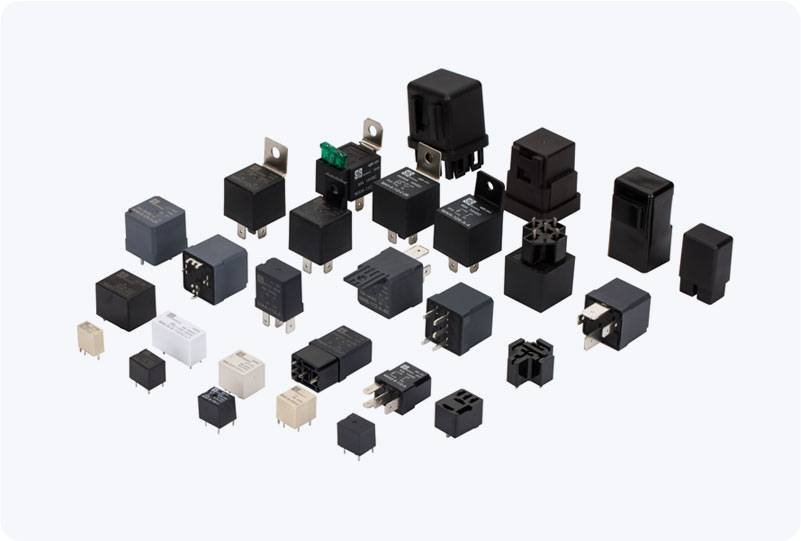the importance and benefits of arc-free relays in modern electrical systems
Release time:2025-06-28 15:02:12
In the world of electrical engineering, relays play a crucial role in switching circuits and controlling the flow of electricity in various applications. However, one of the significant challenges in relay design is the phenomenon of electric arcing, which occurs when electrical contacts open or close. This can lead to premature wear, circuit damage, and even fire hazards. To address this issue, Arc-Free Relays have been developed to mitigate the risk of arcing, ensuring safer and more reliable electrical operations. In this article, we will explore the concept of Arc-Free Relays, their importance, benefits, and applications in modern electrical systems.

What is an Arc-Free Relay?
An Arc-Free Relay is a specialized relay designed to minimize or eliminate electric arcing during the opening and closing of its contacts. Electric arcing occurs when a high-current flow tries to pass through the contacts that are in the process of opening or closing, causing a visible spark or arc between the contacts. This arc can generate heat, damage the contacts, and result in long-term degradation of the relay's performance. In extreme cases, it can cause fires or electrical failures.
Arc-Free Relays address this issue by using advanced materials, structural designs, and additional mechanisms to either prevent arcing or significantly reduce its occurrence. These relays are particularly beneficial in high-current applications where arcing could have severe consequences.

